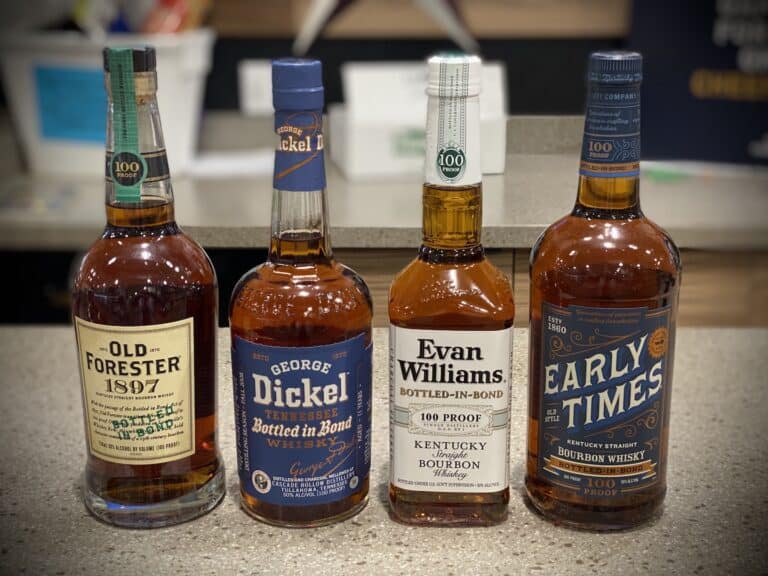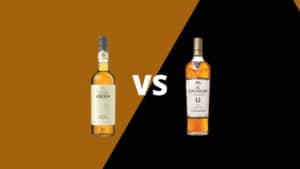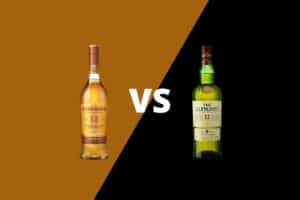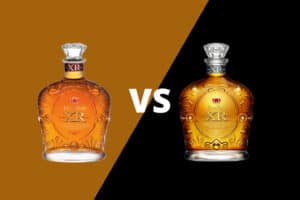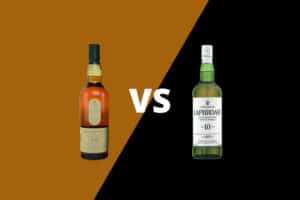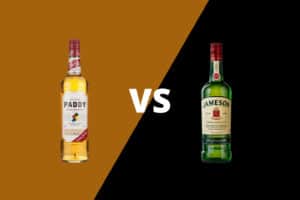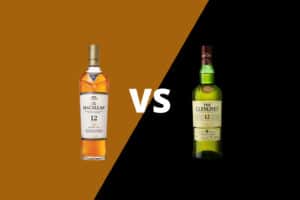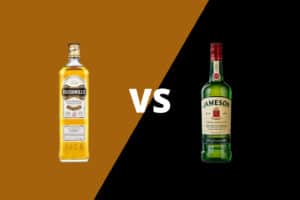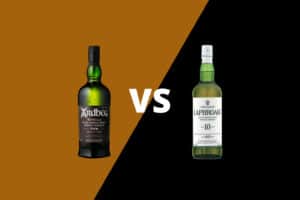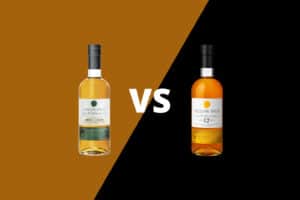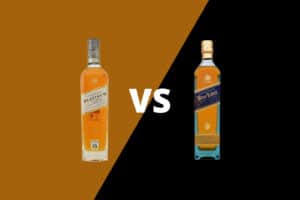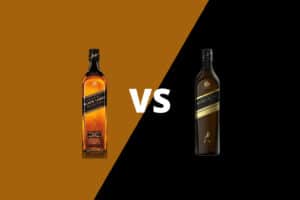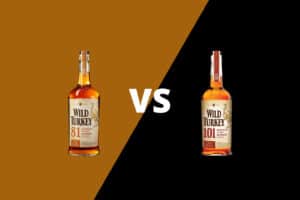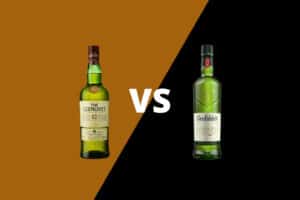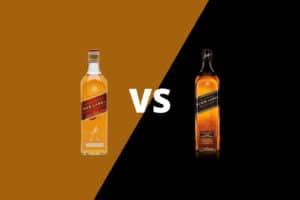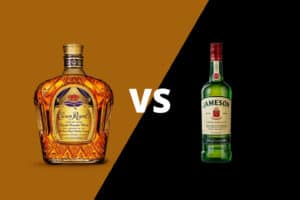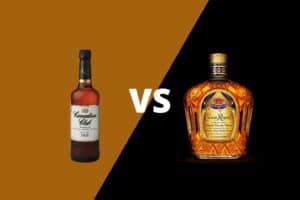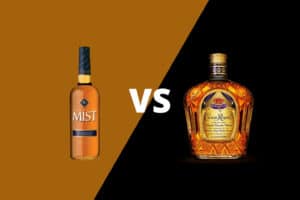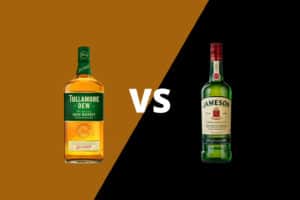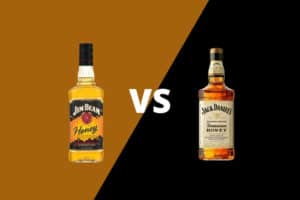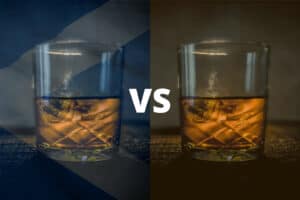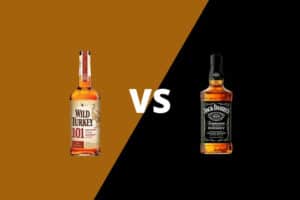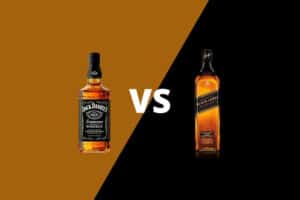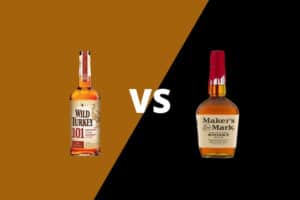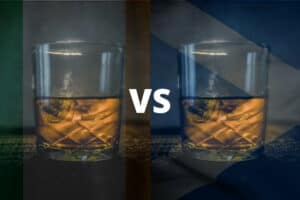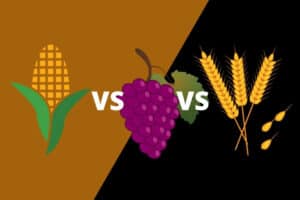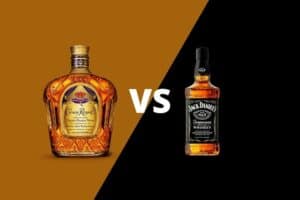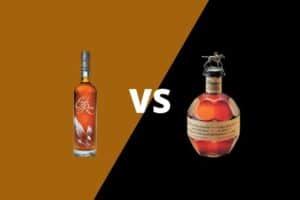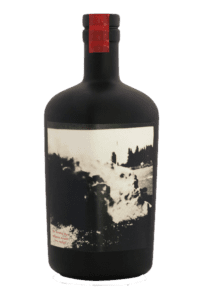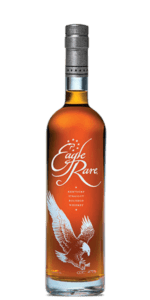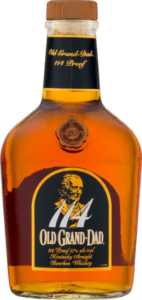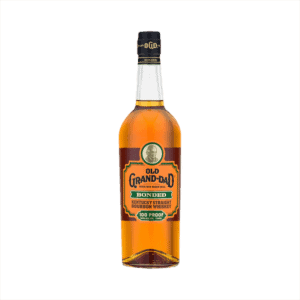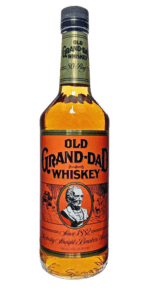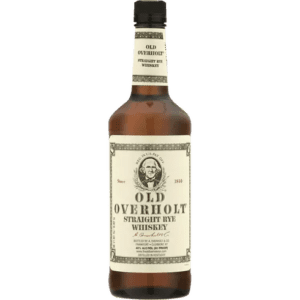Whether you are a seasoned barfly or a casual drinker, you may have noticed that there are new fads in liquor and spirits almost every week. Trends from color changing vodka to luxury gins that are being peddled by Hollywood’s most current interests. When you get past all the glitz and glam that of the heavily advertised spirits, you may notice a remarkable variety of spirit that has been around for ages.
Of course, we are talking about liquors with the bottle-in-bond designation. Any liquor that has received this designation is steeped in over a century of American heritage in distilling. However, you may not have even heard of such a designation.
If you are scratching your head as to what “bottled-in-bond” actually means, you are in good company. In the liquor world, bottle-in-bond or “bonded” liquors have become the more artisanal certification of today.
Let’s take a look at what the term entails and what it can mean for you.
Table of Contents
What Does ‘Bottled in bond’ Mean?
The bonded label ensures that brands pass rigorous qualifications and numerous obstacles to be certified. These qualifications include a spirit that is aged four or more years in a bonded warehouse and must be precisely bottled at 100 proof. Multiple distilleries can not make the spirit and it has to be made in a single distillation season.
In the late 1800s, there wasn’t much regulation or even consistency in the world of whisky. Many vendors bought a whisky by the barrel. This means that tainting or tweaking the batch was easy to do and offered no assurance of quality at the point of sale.
Many distilleries in Kentucky were also being undercut by newcomers from Chicago selling neutral spirits such as vodka. Many wholesalers were known to mix or blend these cheaper spirits with the whisky batches and artificial flavors to make the batch stretch during that time.
These wholesalers often use dangerous enhancements such as glycerine, wood chips, or even formaldehyde to disguise the whiskey’s taste as a legitimate batch.
Due to this discrepancy in quality and regulation, American whiskey distillers in the Kentucky region began to pressure the federal government to begin a standardized system to verify and regulate their brands’ legitimacy. In 1897 the Bottled-in-bond Act was passed and thus, the “bottled-in-bond” distinction was born and became one of the earliest consumer protection instances known in America.
However, as standards and practices began to improve across the industry, the bonded labeling began to fall out of favor with many consumers. During the 1970s and 1980s, a lighter and milder blended bourbon became more popular. A higher-proof bourbon remained on the shelves. The few brands that kept their bonded labels began to fade into obscurity. They sat for years on the liquor stores’ shelves and were hardly touched by anyone but those in the whisky underground. These days, the bottled-in-bond label is quite an open secret.
The Comeback
Slowly, whisky connoisseurs and observant bartenders began to notice that the product used to sit and collect dust was actually quite decent, and the word started to spread.
Around five years ago, Jim Beam distillery brought back their bonded brand after many people began to request its production. The craft-bartending community was abuzz, and suddenly the whisky found a cult following. For years privy bartenders requested remakes as they began to run out of their supply.
Thus, the popularity of the higher-proof whisky products began to peak. Drinkers found that the higher the proof that a bottled-in-bond whiskey came with, the bolder the flavors became, and a new generation of bonded whisky drinkers was born.
Due to the high maturity period, bonded whiskeys take on a more leathery and tobacco laden tone. These fresh tastes made cocktails more savory and mature than the past sweet or mild cocktails. Many drinkers are looking for a drink with many complex flavors, and using a bonded spirit provides that every time.
The Jim Beam line’s resurrection went along with the thriving craft-whisky community that began to clamor for more options. In fact, the industry has exploded over the last decade. More than two dozen different bonded distilleries in the US alone vary in size and scale.
It seems as if distillers had found the holy grail when they enticed a new generation of drinkers with their bonded products. The same criteria that were used in 1897 are being used today. Once again, it has become a standard of quality and even class.
While whiskey remained the top bonded spirit of today, there is a limit or constraint on the type of spirit that is eligible for bonding. In fact, companies such as the Laird & Company became famous for producing apple brandy over 200 years ago and now make bonded products. Additionally, Privateer has created its own bonded rum brand, a first for the US in the last 70 years. Bonded releases are expanding beyond the realm of just whiskey.
Price
The most surprising element of bonded spirits is that the price remains relatively affordable, even though they need to meet high restrictions to be considered bonded. Rittenhouse, the Jim Beam variation is set to retail at just $25. Jack Daniel’s has their own offering named Old Forester that is settled at only $50. While other prices may soar to the hundreds, most bonded spirits remain accessible for all.
Customer Receptions
As more and more spirits enter the bonded market, the popularity of these spirits continues to grow. Drinkers are looking for new tastes; they appreciate the quality of a bonded label. They know the product’s regulations, and it is easy to identify a quality pour since the qualifications apply to any liquor.
It is quite rare for the producers of a widespread consumer product to even think about petitioning the government to enhance their product restrictions. Still, in this case, it has worked out well for both the producers and the consumers. In recent years, what has happened is unique. The bottled-in-bond brands’ resurgence offers consumers an age-old guarantee of quality assurance steeped in nostalgia, mixed with modern tastes.
These contemporary whiskey trends have grown exponentially and shown no signs of slowing down anytime soon. These demands for a unified mark of quality have driven the bonded label resurgence. If you were to ask someone ten years ago what the term “bottled-in-bond” means, they would probably only react with a puzzled look. The term was an antiquated relic up until recently.
Before the resurgence, the market was flooded with dozens of average blended whiskeys. Consumers were grown tired of the same options year after year. When they buy a bonded brand, they know they are buying something made using established guidelines and was made with care. This is one aspect of the BIB industry that sets it apart from the mainstream whisky producers.
When most products are so over manufactured and mass-produced, the BIB brands have the allure of being created by hand and harken back to a time of romantic Americana that can be appreciated by all. They can garner more flavors and distinct notes (most varieties we have tasted contain hints of caramel, vanilla, and spice) that is just not possible with an 80-proof liquor. The higher alcohol content also makes these spirits more attractive to bartenders. The products are also very consistent, so they have become popular to use as a base for popular bourbon cocktails like the Manhattan or Old Fashioned.
Bonded spirits tend to elevate a cocktail and give it a flavor that no other ingredient can. Many drinkers are looking for the next hip cocktail, but due to the bonded brands’ versatility, it appears that they are here for the long haul. Many one-note wonders were introduced in the world of spirits that have either fallen flat or lost a loyal customer base. That does not seem to be the case with BIB brands, and consumer’s tastes are moving to something less mass-produced and more artisan in nature.
Conclusion
Bottled-in-bond spirits are throwbacks to a time when an unregulated America came together to make a quality product that was not only genuinely American but also would stand the test of time. The bonded liquors have seen a resurgence in the modern era due to the romantic imagery they create and quality products. They are also quite versatile and can be used in a variety of cocktails. Consumers who have grown tired of the same blended tastes of the past were craving something new and genuine. They found a winner in bonded liquors. Many companies began producing varieties that lived up to the bonded name’s standards but were also affordable for all price points. The BIB brands are symbols of quality, and the drinkers who love them know that when they buy one of these brands, they know exactly what to expect. For that, the quality and consistency that these Bottled In Bond brands offer, they will be around for years to come.

